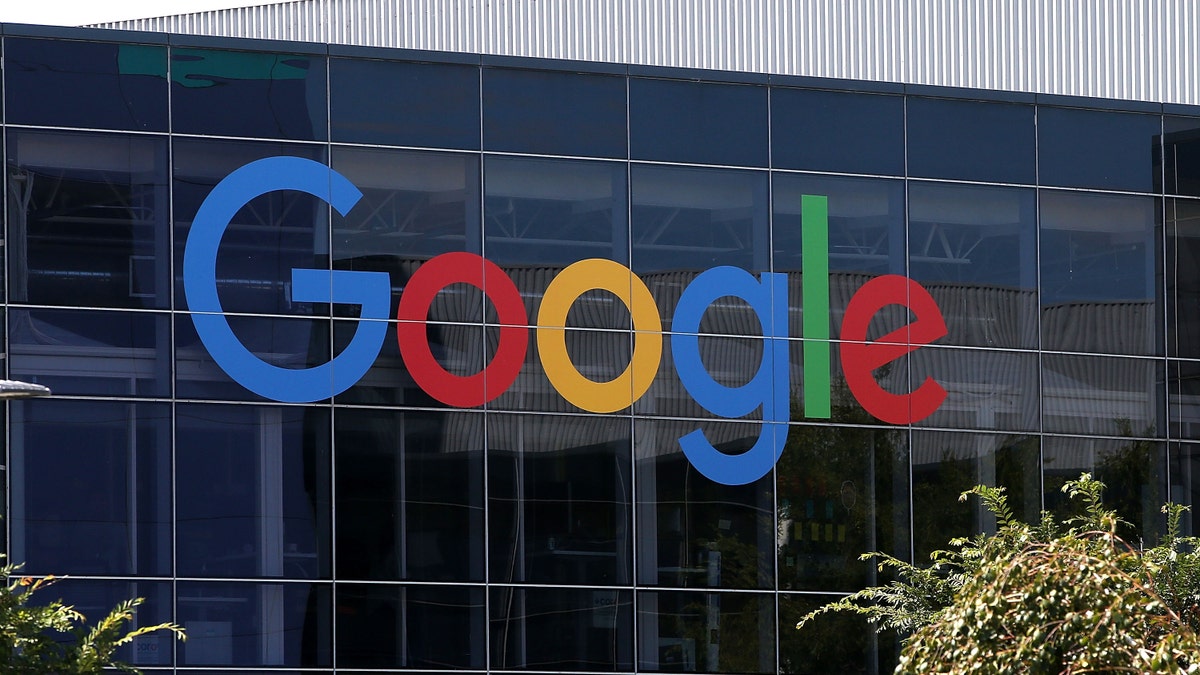
The new Google logo is displayed at the Google headquarters on September 2, 2015 in Mountain View, California. (Photo by Justin Sullivan/Getty Images)
Need to delete some shady searches from your Google history, or simply want to see what information the Web giant has collected about you? You can visit your Google Account to do that, but now there's an easier way.
Google on Wednesday announced it is integrating data and privacy controls right into Search, making these tools a lot more accessible. You'll be able to review and delete your Search activity as well as access your Ad Settings and Activity Controls – all right within Search. From Ad Settings, you can control the ads Google serves you; Activity Controls let you manage what information the company saves to your account and uses to improve its products.
For now, Google is launching these tools in Search on the desktop and mobile Web. In the coming weeks, they will arrive in the Google app for iOS and Android. Next year, Google plans to make them available inside Maps and "many" of its other products.
"Having access to relevant and actionable privacy controls directly from the Google products you use every day is just one way that we are continuously working to build privacy that works for everyone," Eric Miraglia, director of product management in Google's privacy and data protection office, wrote in a blog post.
More From PCmag
The update follows recent revelations of a Google+ bug that left the private information of about 500,000 users open to third-party developers. Google reportedly declined to alert users about the flaw to avoid regulatory scrutiny, instead opting to quietly patch it in March.
In the wake of that incident, Google announced plans to shut down Google+ and promised to give users "more fine-grained control over what account data they choose to share with each app." If, for instance, an app wants access to a Calendar and Drive documents, you'll have the option to share one but not the other.
Meanwhile, Google in June refreshed the Account page on Android with more prominent privacy and security options. The company also recently updated its Privacy Policy, making it a lot easier to read and understand, a move spurred by Europe's General Data Protection Regulation.
This article originally appeared on PCMag.com.




















